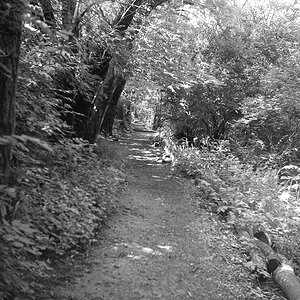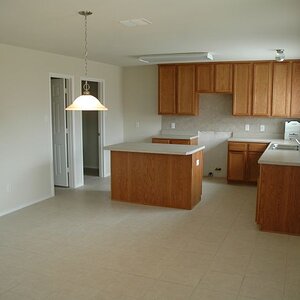bwehman
TPF Noob!
Hi all,
In the interest of reducing the amount of sales tax I need to charge, I've decided to start tracking time spent editing each image. It's seems arduous, but my feeling is that it beats having to charge clients sales tax on the entire project. I'm wondering if you guys have any experience tracking editing time on a per-image basis, and if so, what method you use.
Cheers!
Brandon
In the interest of reducing the amount of sales tax I need to charge, I've decided to start tracking time spent editing each image. It's seems arduous, but my feeling is that it beats having to charge clients sales tax on the entire project. I'm wondering if you guys have any experience tracking editing time on a per-image basis, and if so, what method you use.
Cheers!
Brandon





![[No title]](/data/xfmg/thumbnail/37/37604-7ad625e983f92f880eb65a264eeef5e4.jpg?1619738148)


![[No title]](/data/xfmg/thumbnail/37/37605-90c8efaef5b7d1f52d4bf8e7dfd33673.jpg?1619738148)

